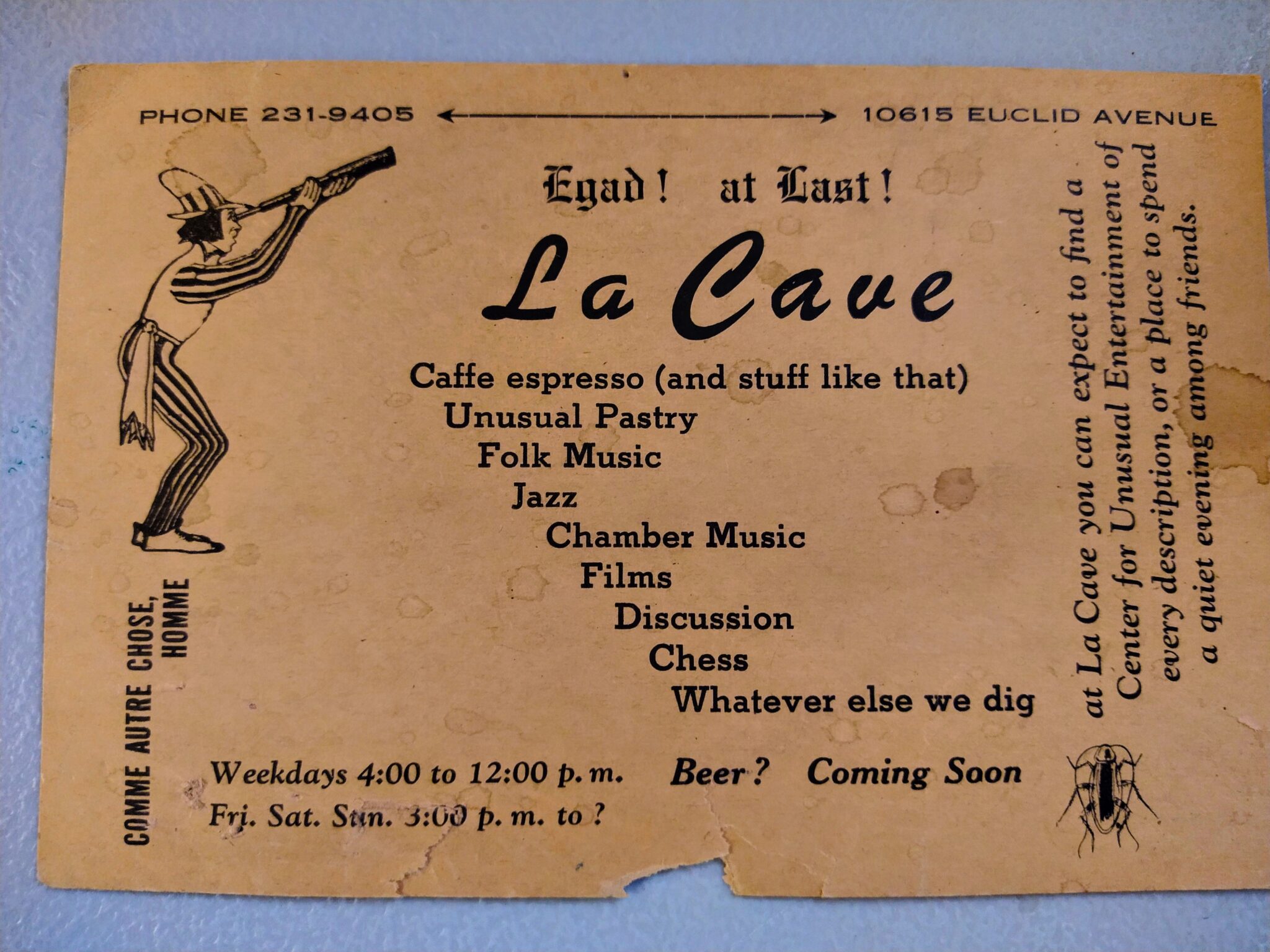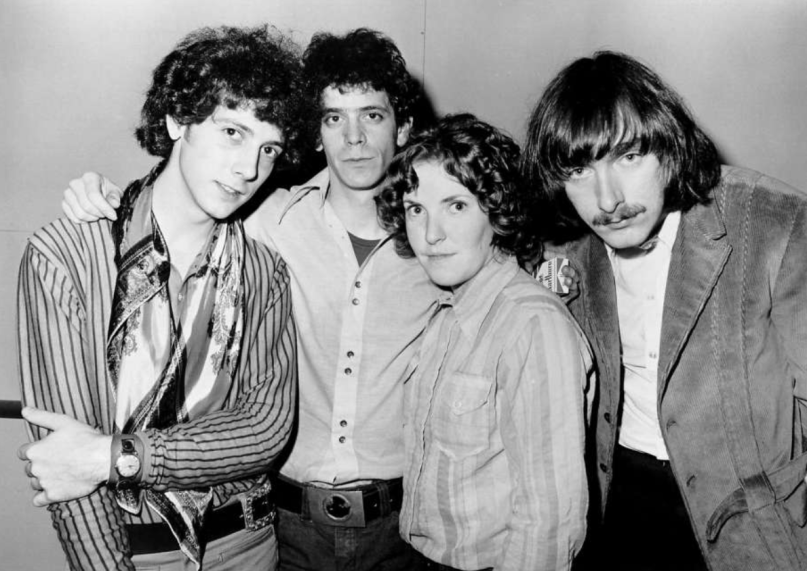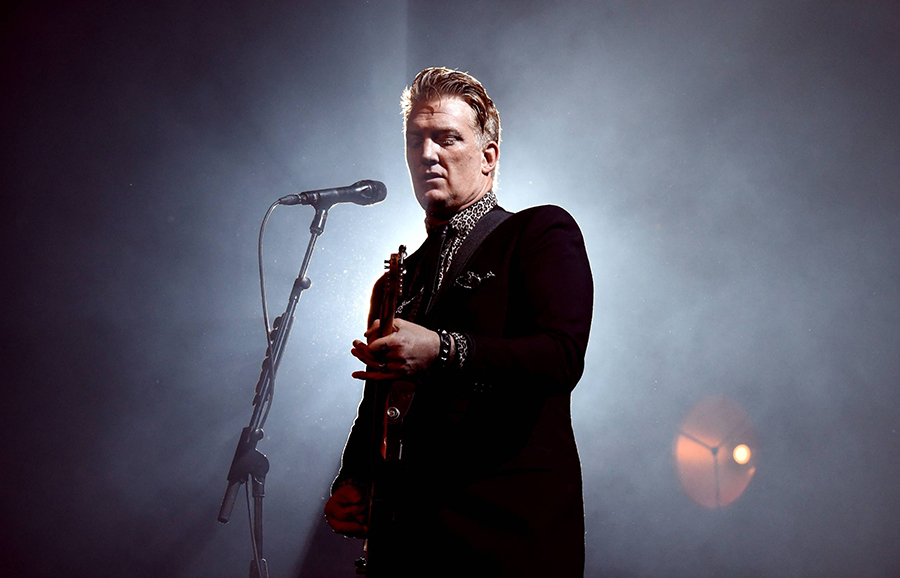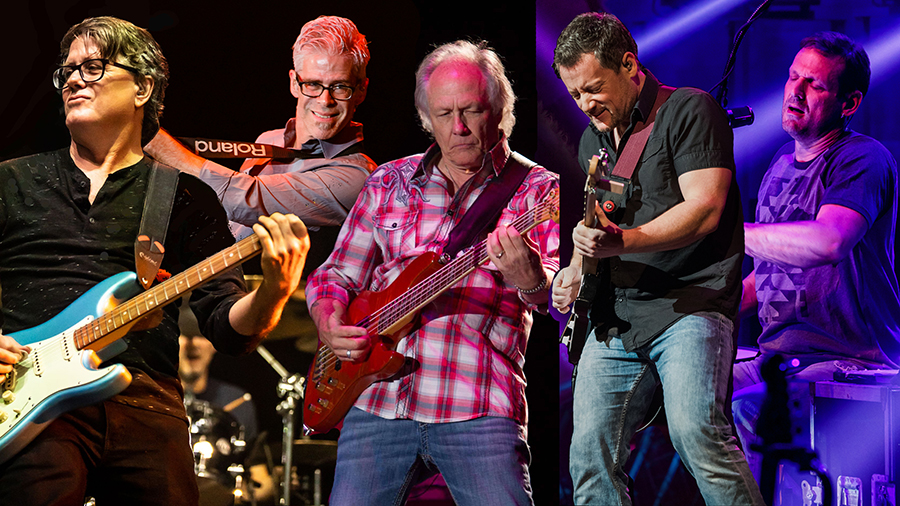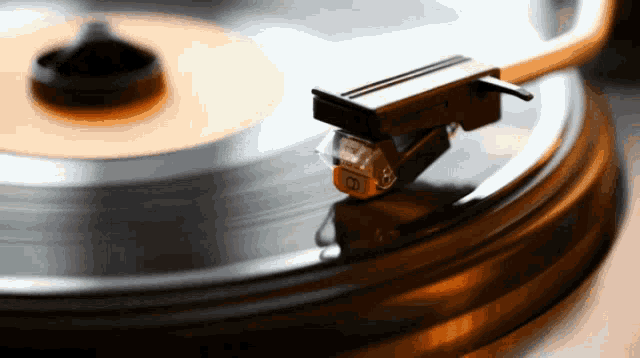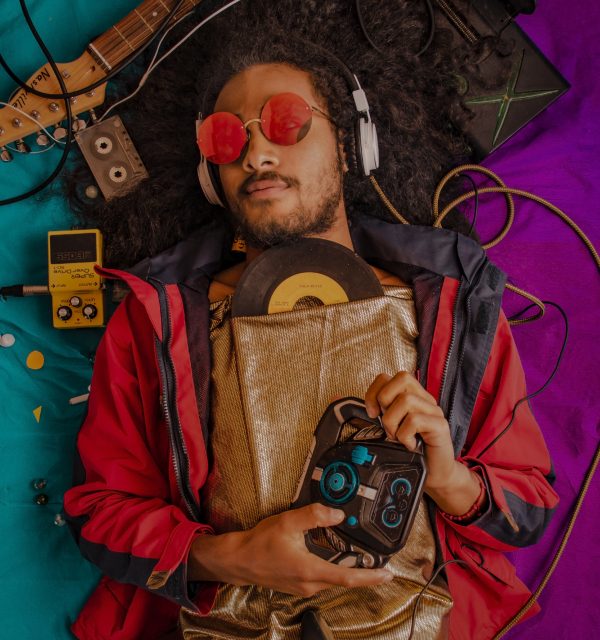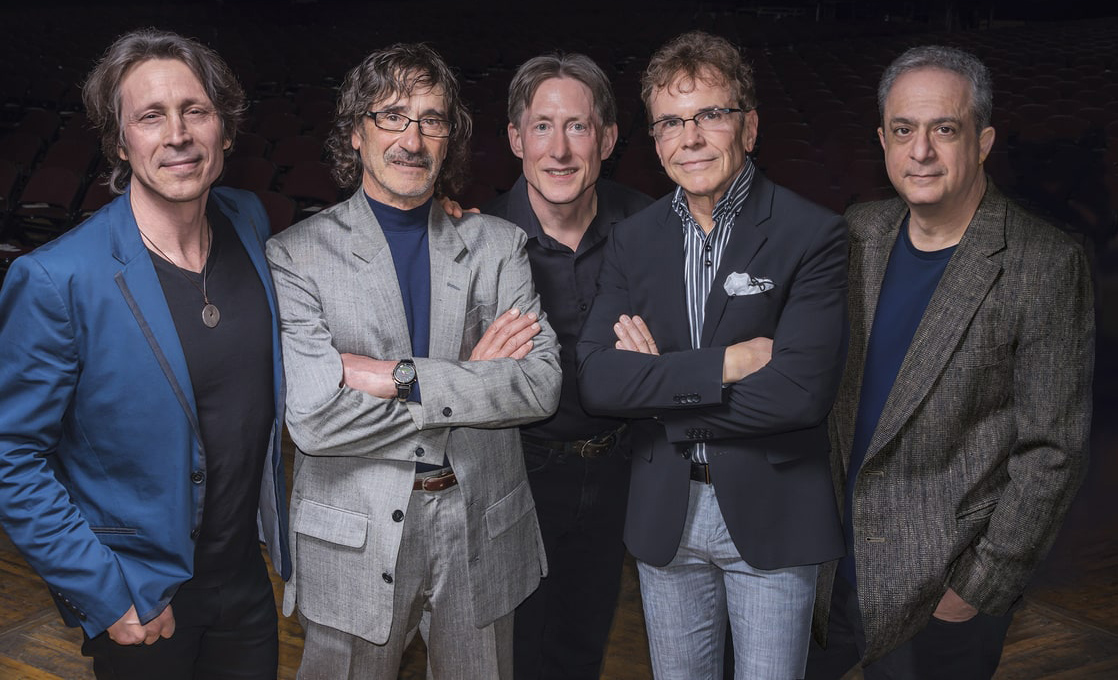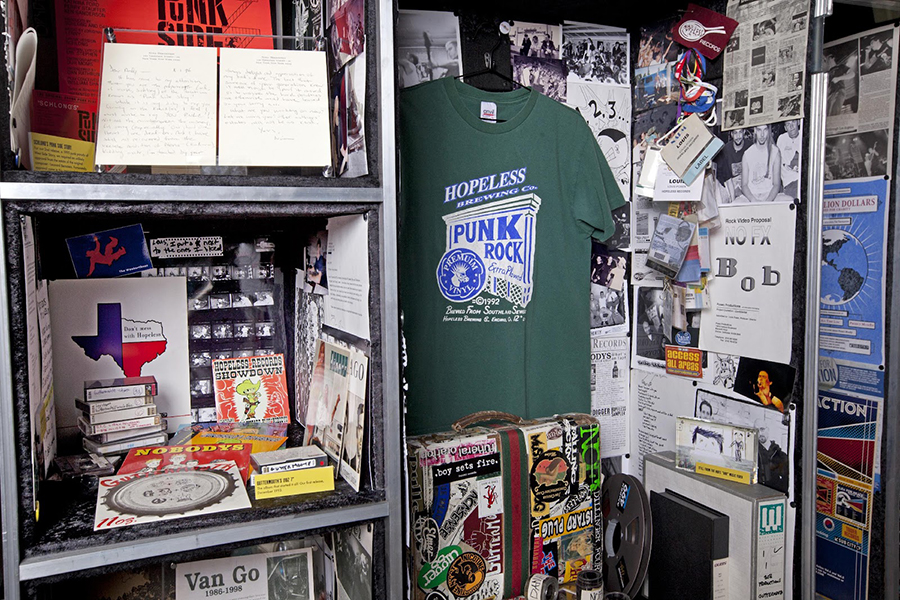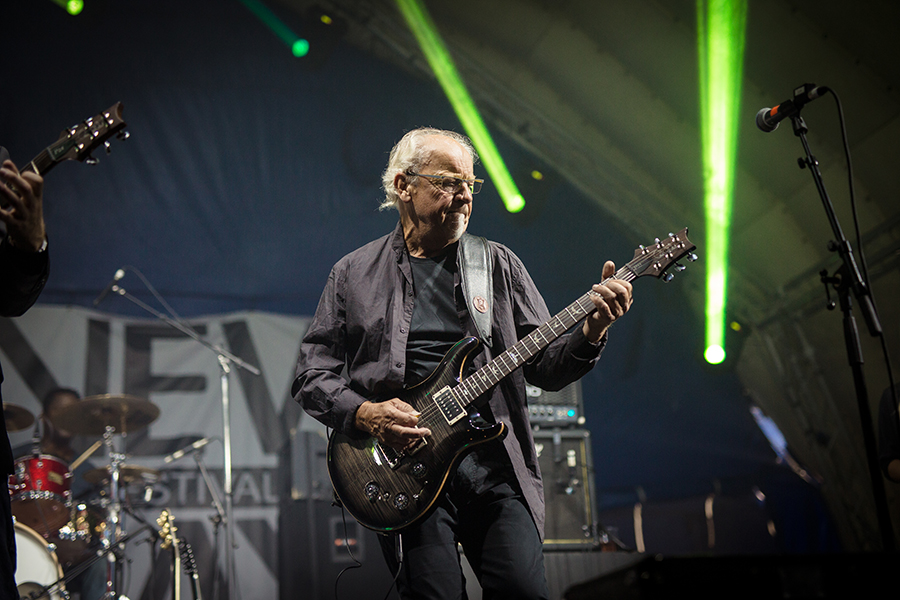
We present this second of a two part series on Steve Traina and his new book, La Cave: Cleveland’s Legendary Music Club and the ‘60s Folk-to-Rock Revolution. Steve took on the challenge of documenting the history of the club at University Circle and was blessed to have the memories and documentation offered by the club’s Stan Kain. In this segment, we discuss the many acts that played there, the “wish list” and some of the urban legends that have followed the club since its demise in 1969.
What about the “myths” that pop up about La Cave? Eric Clapton stopped in to see Dominic Troiano? Jim Hendrix was booked to play there? Any truth?
There are too many myths to combat. Yep, plenty of people remember Eric stopping by to jam with his buddy Domenic Troiano, who fronted a Toronto band named Mandala. Sadly, Domenic, who played guitar in the James Gang for a while, is no longer with us, but I had two conversations with him and the band loved Stan and La Cave. Not surprising.
Stan Kain signed Jimi when he saw him in NYC in March of ’67. He was an unknown performer in the USA, having spent the last year or two finding success in England. He was slotted in the first week of August for a six-day stay. But…in June he appeared at the Monterey Pop Festival, and that was that! Everybody knew him. He was another no-show.
You know I have to ask about Velvet Underground. Lou Reed said Cleveland was one of the few cities to get what VU was doing. Any thoughts why?
Again, one of the NYC bands Stan saw was the Velvets. He hit it off with Lou and Moe (Maureen Tucker, the band’s drummer). Stan told me he was really impressed because he felt they were an acoustic band playing amplified music. Moe had had her drums stolen, according to Stan, and he saw her playing on cardboard boxes. Right away he could tell that the crowd at La Cave would go ga-ga over the band. And as usual, he was right.
Was there ever an act that went too far? Any acts that the club regretted booking? Was any act dismissed from the booking after a performance?
One debacle happened when Larry Bruner booked an all-girl band called The Luvs. They had been featured in Life Magazine as “up-and-comers.” The agreed-upon price was $750 for three nights. When the band showed up, it was a different band, with only one original Luv on board. They called themselves The Enchanted Forest. Well, that pissed of Larry Bruner, who had taken over Stan’s booking duties. He made them audition after they arrived and was even more upset after hearing them try to play. He called their manager and, after the smoke stopped coming out of Larry’s ears, he agreed to pay them half the original fee, or $375. The appearance was a disaster.
Were there some acts that La Cave refused to book?
“Refused” is not the right word. “Passed over” might be more accurate, and there were dozens, if not hundreds. Once La Cave acquired a good reputation, bands and managers constantly contacted Stan or Larry with offers. Some were affordable, some weren’t. Some bands fit the La Cave vibe, some didn’t. I guess the fact that the Fugs played at La Cave showed that they were willing to sign anyone they thought would be popular.

Were any of the acts recorded? If so, what became of the tapes?
Stan Kain’s day job was running a small audio/visual company that made commercials and training films. A/V production was one of Stan’s passions. He had a huge Ampex tape recorder onstage at La Cave and recorded as many shows as he could afford tape for. About 40 hours of tapes exist, in excellent condition, and about a dozen years ago I sent them out to get mastered. They sound excellent and I wish I could share them, but I do not own the rights to the music. However, the witty repartee and tall tales of various performers between songs are hilarious.
A local performer, Jaime Klimek, recorded a couple Velvet Underground sets and those have been widely released as a bootleg, but the quality is very poor. Someone else online claims to have a Gordon Lightfoot concert bootleg, but there’s no proof it was at La Cave, as claimed.
Aside from the small ads in the newspapers, and the occasional mention in Jane Scott’s Plain Dealer or Bruno Bornino’s Cleveland Press columns, the club seemed to operate “under the radar”. Was there a reason for that? Was there an attempt to get press coverage?
La Cave was never under the radar in my opinion. The Plain Dealer devoted a quarter page to their “grand opening.” Especially the PD, and also the Cleveland Press to a lesser extent, were well aware of La Cave through the marketing efforts of Nelson, Stan and Larry, and often sent reviewers to concerts. Nelson and Stan had a great relationship with Glenn T. Pullen at the PD and he wrote dozens of positive reviews of concerts. He also was happy to promote future concerts in his column. DJ Martin Perlich played or re-played concerts on his overnight radio show. Often, bands would come to town and play on various TV shows and promote La Cave. Simon and Garfunkel and Blood, Sweat and Tears were two very popular acts that did TV spots like the Big 5 Upbeat show whenever they came to Cleveland. And once the club became well-known in the mid- ‘60s, national magazines like Time and Billboard ran articles about La Cave. Also, bands with recording contracts often were sponsored for personal appearances at local record stores to promote La Cave, and once Blood, Sweat and Tears label gave away 50 free albums to la Cave patrons.

Also, shows like the “One O’Clock Club” on WEWS and KYW’s “Mike Douglas Show” were on Cleveland TV. Did any of the acts appear on those shows? Was there any attempt to get that kind of coverage?
See previous answer. I’m not aware of anyone approaching either of those two shows, although I was on the Mike Douglas Show with my Boy Scout troop. Does that count? I also once delivered a pizza to Dorothy Fuldheim’s house. Howzabout that?
Did the folks behind La Cave ever think of expanding the club or moving to a larger venue?
Yes, and they made moves to do so. In 1968 Nelson, Stan and others started Grape Inc. to promote concerts at larger venues and booked quite a few. They hosted Big Brother, Jefferson Airplane and a number of other acts at places like the Palace Theater, Emerson Gym at CWRU, the Grande (which was called WHK Auditorium), Musicarnival, and so on. Soon after La Cave closed, Larry started La Cave Energies to continue booking acts.
Why didn’t La Cave continue? Why didn’t the folks behind the scenes keep booking shows maybe at bigger venues?
I like to say “the Sixties didn’t just “happen,” somebody made the Sixties happen. But over the decade smaller clubs like La Cave became the victims of their own successes. As they molded musical tastes from folk to folk-rock to rock, bands became larger, infrastructure for sound and lights became expensive, and four, five or six band members needed to get paid. Costs soared, and a 300-seat club’s days were numbered unless they wanted to host only local acts.
Did La Cave have to end?
Yes, like the decade that sponsored it, La Cave had to end. A month after it closed in the summer of 1969, Woodstock took place, and the men in the suits in the ivory tower noticed that kids were willing to hitchhike across the country and sit in mud puddles just to listen to music. They smelled money, and soon, arena and stadium concerts became all the rage. The era of the hole-in-the-wall venue faded and musical tastes continued to evolve.
How do you think it should be remembered?
I hope La Cave is remembered as the first truly color- and gender-blind music venue in Cleveland. Stan Kain was the first club manager to book many black and/or women performers. People like Josh White Sr. and Jr., Les Chandler, Tedd Browne and other black performers had real difficulty getting booked elsewhere. Stan just went ahead and signed them. Buffy Sainte-Marie tells the story onstage how no one except Stan would book her. Then Odetta, Cass Elliott, Linda Ronstadt, the list is long and distinguished. Also, as far as I know, La Cave was the first local club to book integrated bands. This was virtually unheard of before 1962.
Nelson and Stan never made a penny for themselves, and yet they launched and steered the club through perilous financial and societal times, for the same reason people flocked to La Cave – for the music.
Steve Traina’s La Cave: Cleveland’s Legendary Music Club and the ‘60s Folk-to-Rock Revolution is available at local bookstores, Amazon, and his own site, https://www.lacavebook.com/

